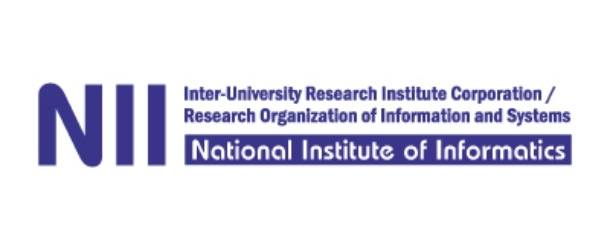New Circuit Compression Technique from Japan Could Deliver Real-World Quantum Computers Years Ahead of Schedule

(SciTechDaily) Researchers from the National Institute of Informatics (NII) and Nippon Telegraph and Telephone Corporation (NTT) in Japan tackled quantum computing’s error problem from the software development side by compressing quantum circuits in large-scale fault-tolerant quantum computers, potentially reducing the need for hardware improvements. “By compressing quantum circuits, we could reduce the size of the quantum computer and its runtime, which in turn lessens the requirement for error protection,” said Michael Hanks, a researcher at NII.
Large-scale quantum computer architectures depend on an error correction code to function properly, the most commonly used of which is surface code and its variants.
The researchers focused on the circuit compression of one of these variants: the 3D-topological code. This code behaves particularly well for distributed quantum computer approaches and has wide applicability to different varieties of hardware. In the 3D-topological code, quantum circuits look like interlacing tubes or pipes, and are commonly called “braided circuits. The 3D diagrams of braided circuits can be manipulated to compress and thus reduce the volume they occupy. Until now, the challenge has been that such “pipe manipulation” is performed in an ad-hoc fashion. Moreover, there have only been partial rules for how to do this.
The research team proposes the use of ZX-calculus as a language for this intermediate stage of compilation. ZX-calculus is a 2D diagrammatic language (using diagrams and imagery instead of words) developed in the late 2000s expressly to allow an intuitive representation of qubit processes. More importantly, it comes with a complete set of manipulation rules.
Applying this technique, the researchers report compression reductions of up to 77 percent, equivalent to a 40 percent reduction compared to the best previous efforts.
“The compression method and its further development could deliver realization of a real-world fault-tolerant quantum computer years ahead of schedule,” said William J. Munro, a research scientist at NTT, who also contributed to the research.























